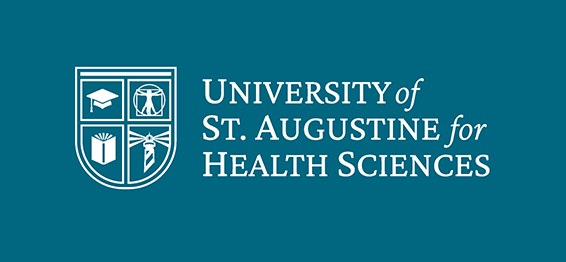Date of Award
Spring 4-25-2020
Document Type
Capstone
Degree Name
Doctor of Occupational Therapy (OTD)
Department
Occupational Therapy
First Advisor
Susan MacDermott
Second Advisor
Becki Cohill
Third Advisor
Erin Schwier
Medical Subject Headings
Occupational Therapy, Animal Assisted Therapy, Dogs, Process Assessment, Health Care
Abstract
In the past two decades, there has been an increase in the use of assistance dogs to improve health, function, and companionship (Walther et al., 2017). Although assistance dogs offer a variety of benefits for individuals with different needs, matching a person with a suitable dog is not always successful the first time. Optimal matches can be achieved by adding occupational therapy to strengthen the evaluation process.
The two major purposes of this project were: 1) to observe and assess the current matching process of assistance dog programs and 2) identifying occupational therapy’s role in aiding the evaluation process. This project included three assistance dog programs in California: Guide Dogs for the Blind (GDB), Canine Companions for Independence (CCI), and Canine Support Teams, Incorporated (CST). A total of 25 participants were recruited for interviews from early February to late March 2020. Interview questions were closed and open-ended, examining the participant’s life (routines and tasks associated with new occupations), their need for an assistance dog, tasks in which the dogs will aid, disability (if comfortable), need for additional support, costs of obtaining/maintaining a dog, adaptive tools needed, and home environment. Three themes were identified: routines, tasks associated with new occupations, and physical environment (successor versus the first-time handler).
Several key findings from this project revealed a need for occupational therapy within the evaluation process and two-week team training. Although participants subsequently continued with successful matches, enhancing the programs could increase the quality of life and ease of information attainment for participants. Doing so will help clients overcome barriers before, during, and after the placement process (Winkle et al., 2012).
Recommended Citation
Tatla, J. K. (2020). Occupational Therapy's Role in Matching Handlers and Assistance Dogs with Occupational Needs. [Doctoral project, University of St Augustine for Health Sciences]. SOAR @ USA: Student Capstone Papers Collection. https://doi.org/10.46409/sr.TKNI9101
Related Content
The capstone was presented as a poster session at the Spring 2020 Virtual OTD Capstone Symposium at the University of St. Augustine for Health Sciences on April 23, 2020: https://soar.usa.edu/otdcapstonespring2020/19/
Included in
Educational Methods Commons, Occupational Therapy Commons, Other Rehabilitation and Therapy Commons


Comments
Capstone project submitted to the University of St. Augustine for Health Sciences in partial fulfillment of the requirements for the degree of Doctor of Occupational Therapy.